Vol. 2 No. 1 (2024)
Effective moisture management and cooling materials play a vital role in enhancing the overall efficiency and reliability of clean energy systems, thereby supporting the advancement of sustainable energy solutions. This issue focuses on research in solar panels, energy storage devices, and thermal management systems in clean energy technologies, aiming to provide readers with a comprehensive understanding of the latest developments in energy efficiency and their implications for sustainable energy practices.
Full Issue
Editorial
-
 Open Access
Open AccessArticle ID: 165
Article
Review
Commentary
-
 Open Access
Open AccessArticle ID: 140
-
 Open Access
Open AccessArticle ID: 111

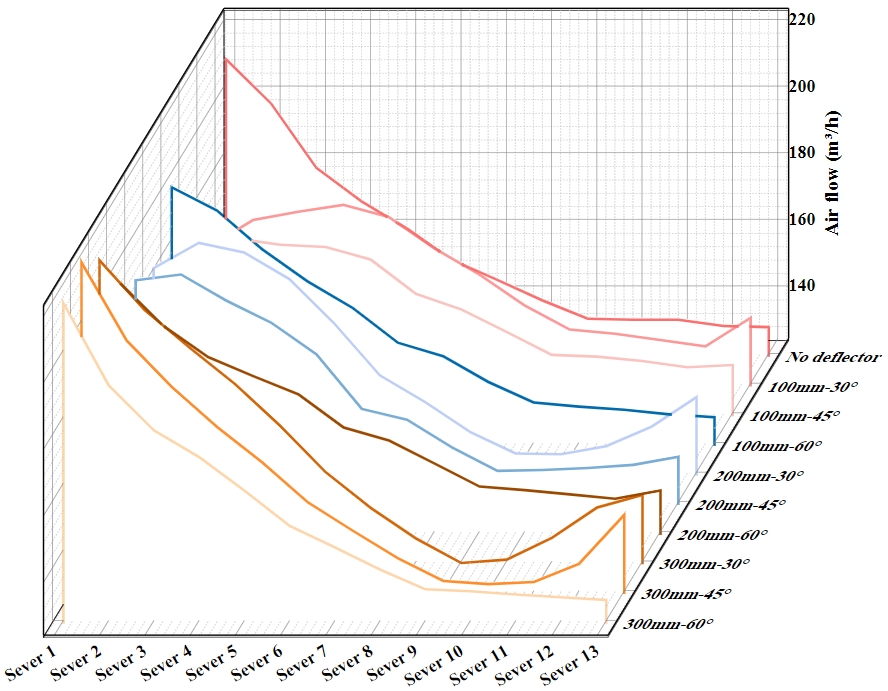

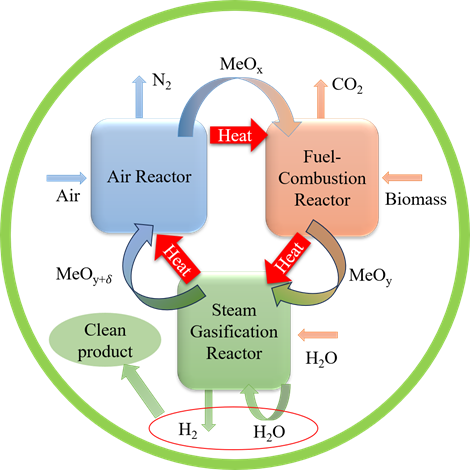

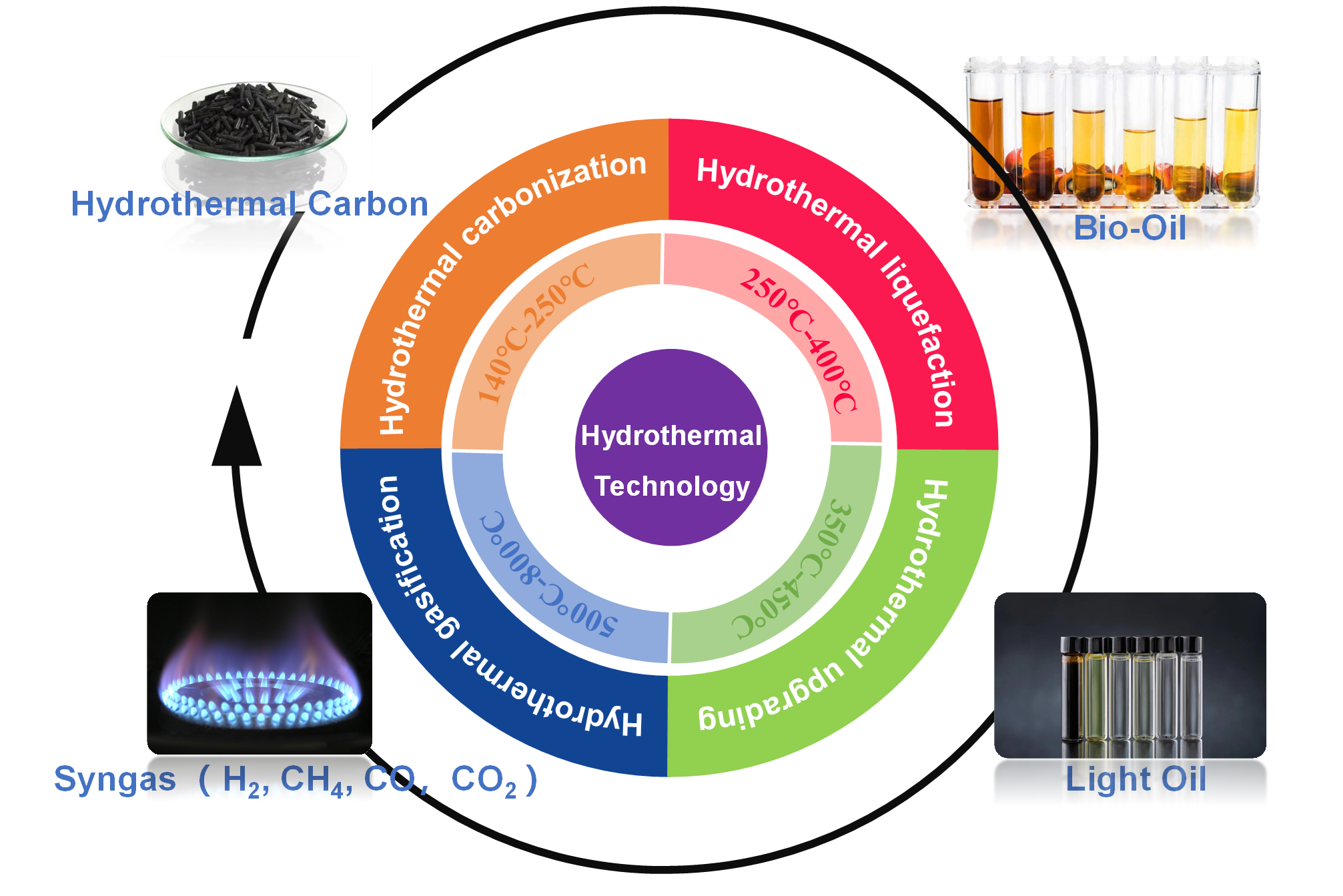
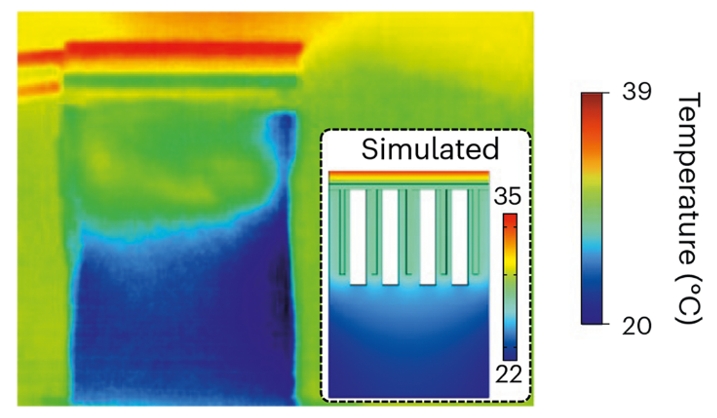


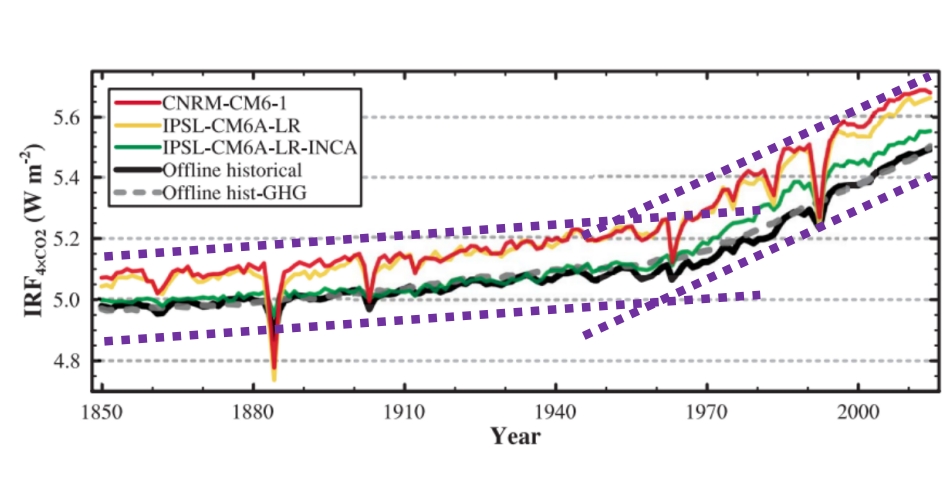




.jpg)
.jpg)

